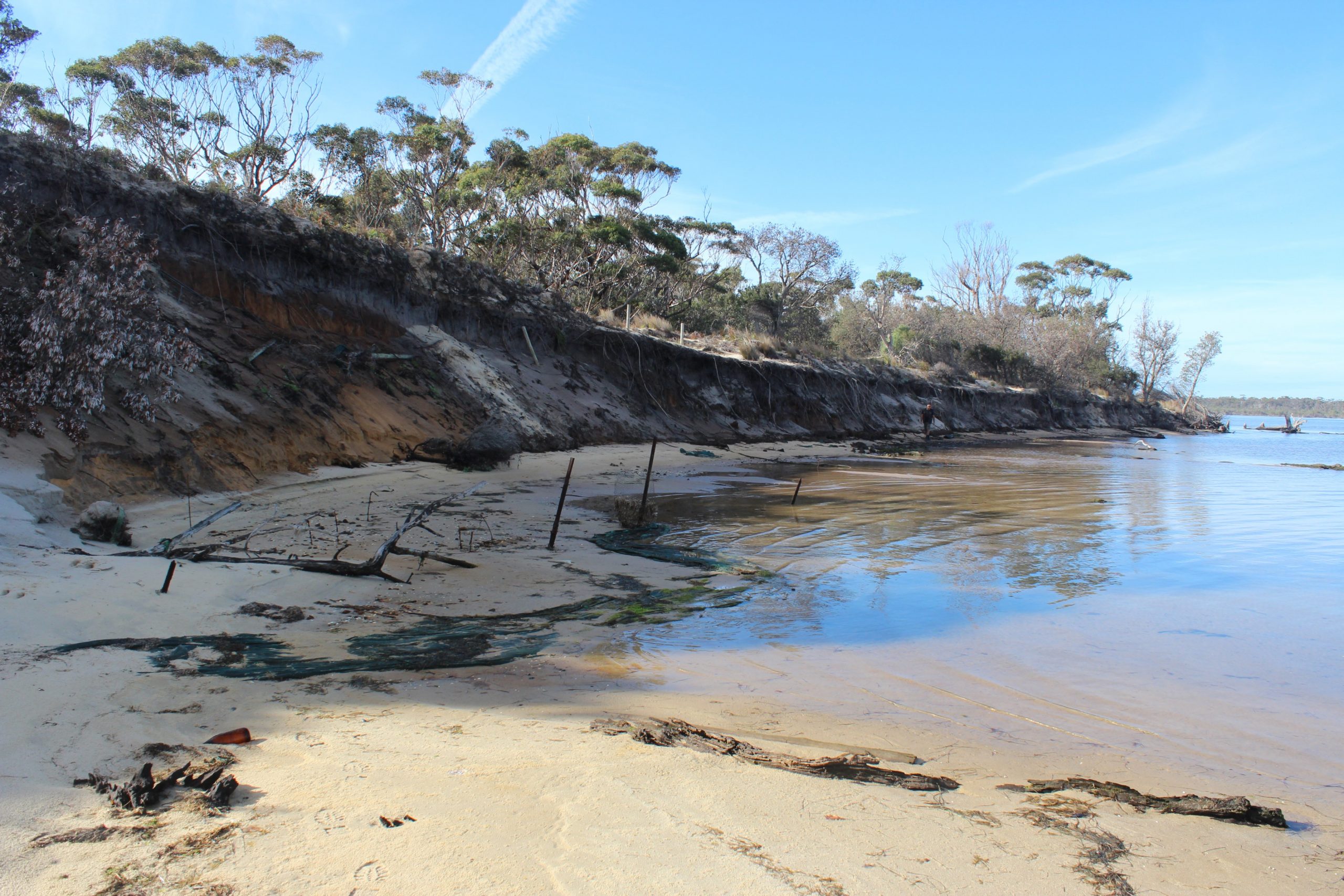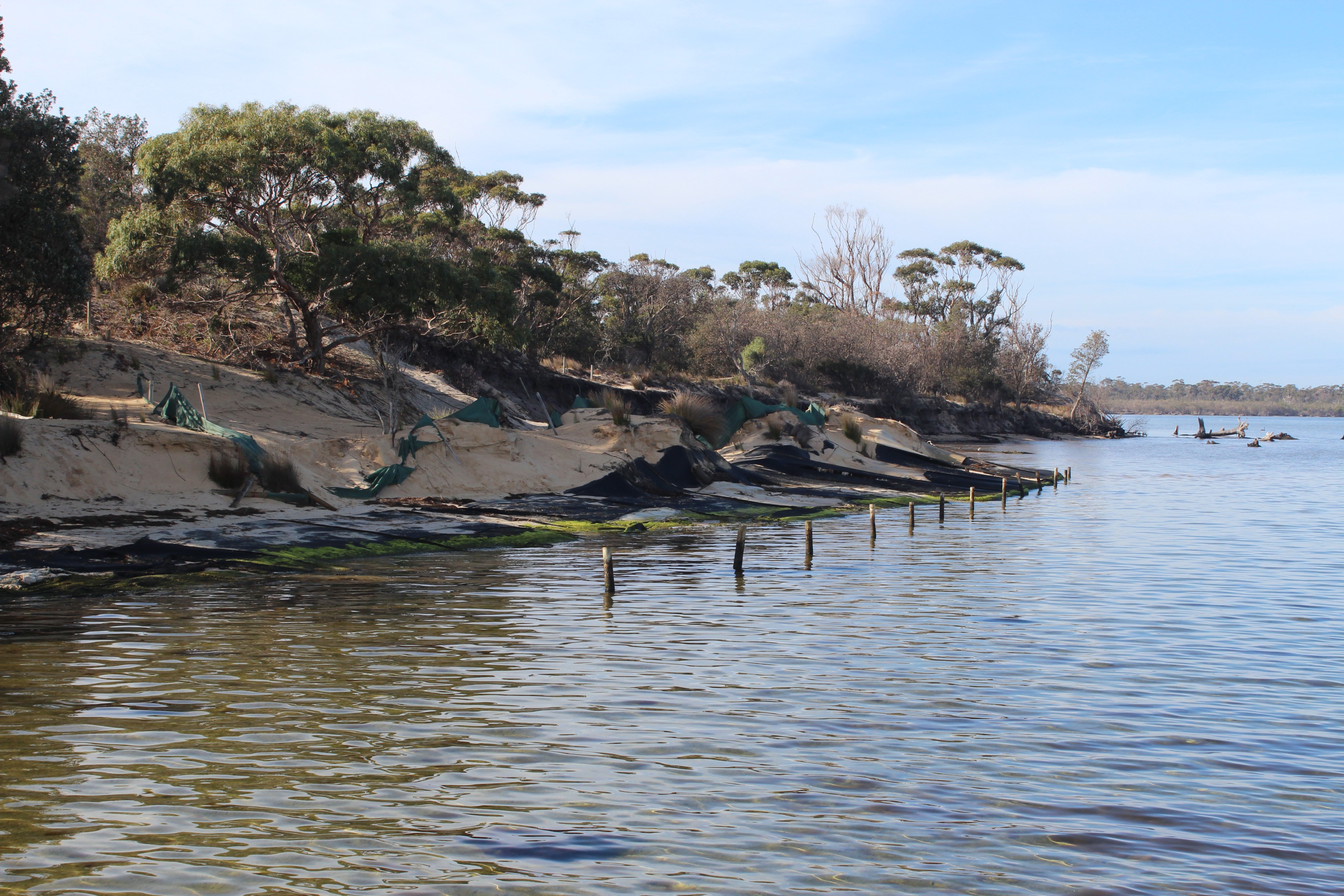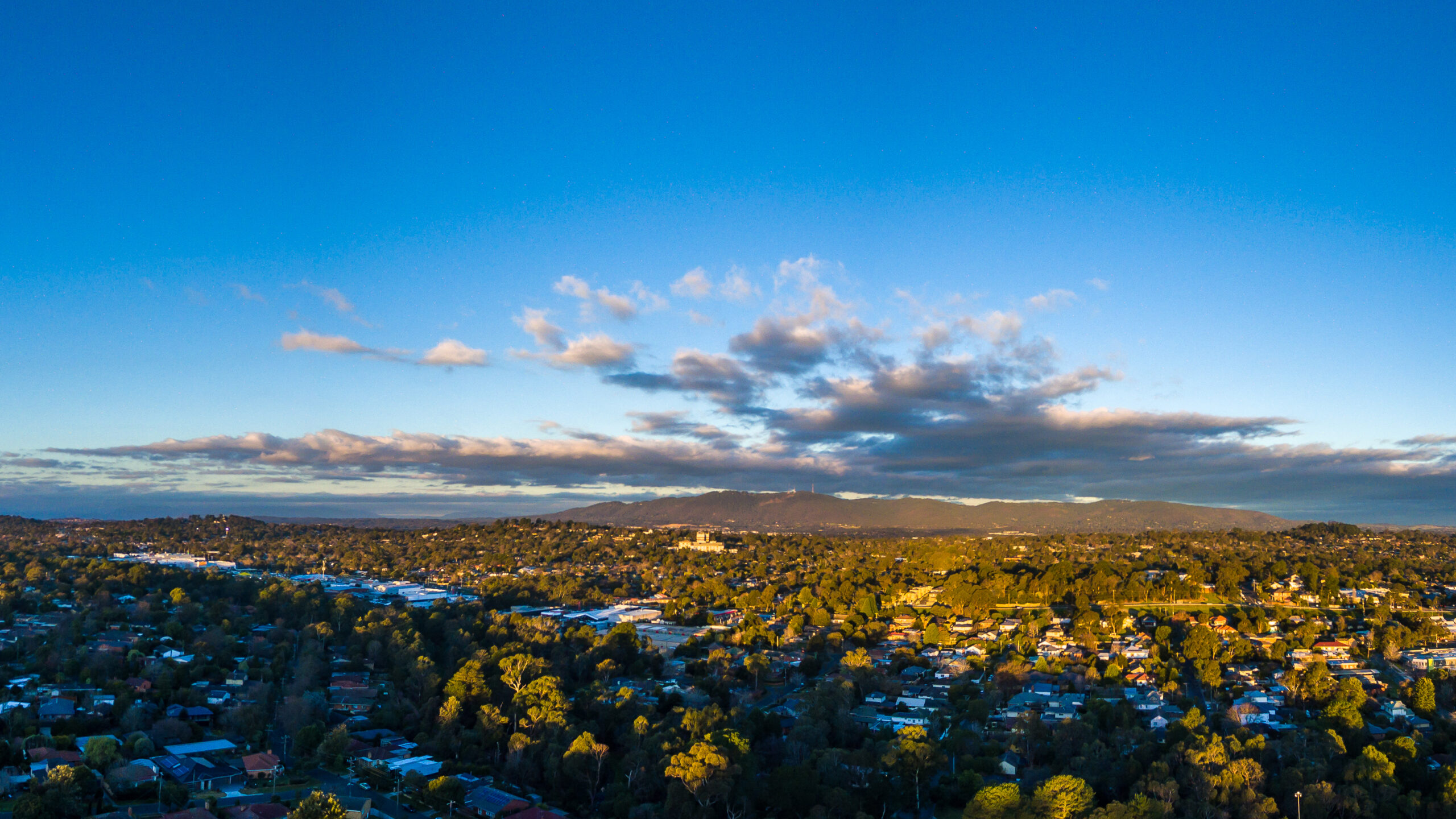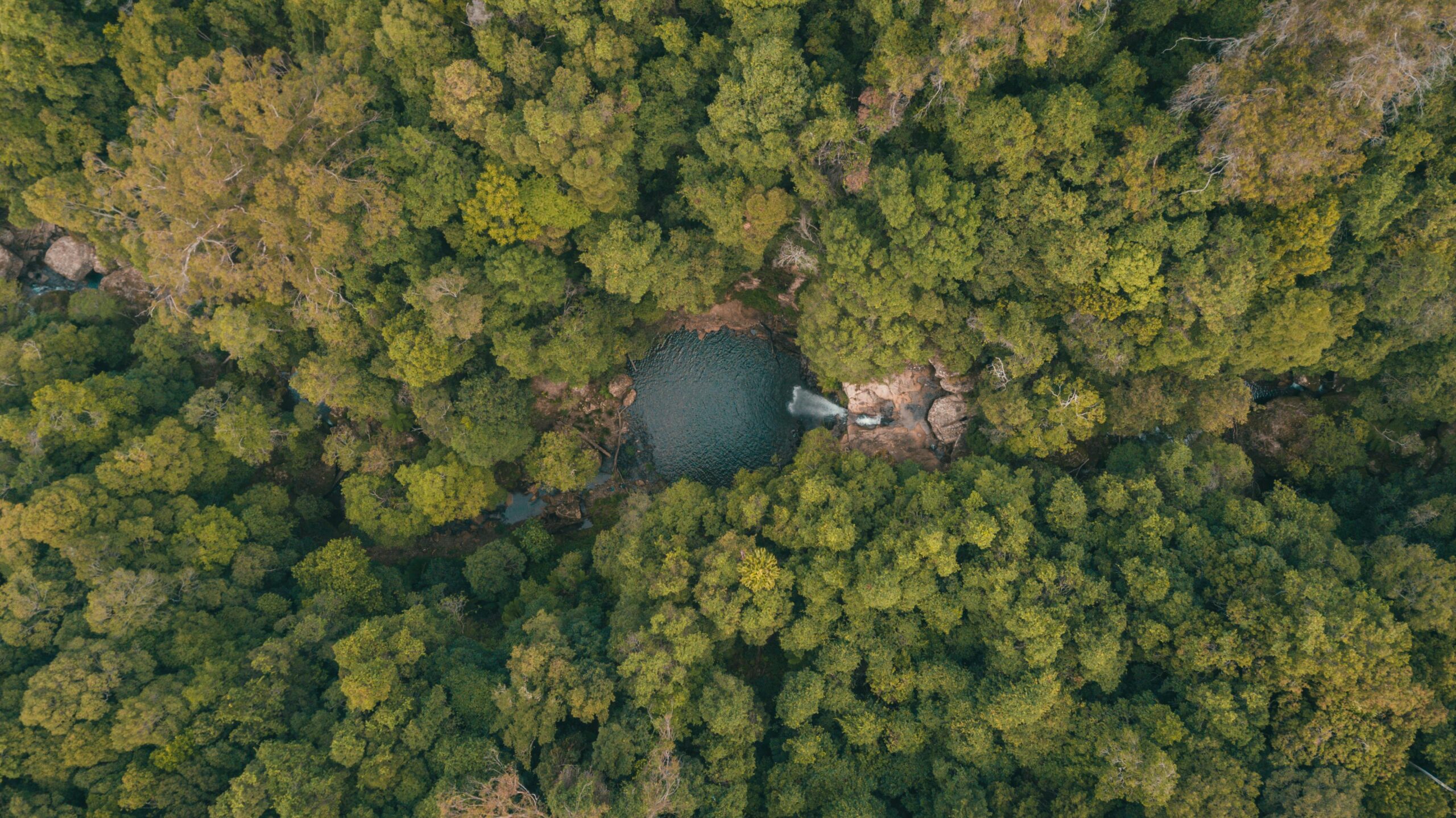Round Head shoreline erosion mitigation and restoration project

Alluvium worked with Gunaikurnai Land and Waters Aboriginal Corporation (GLaWAC), who represent the Traditional Owners from the Brataualung, Brayakaulung, Brabralung, Krauatungalung and Tatungalung family clans, to develop a plan to manage the active erosion at the highly important site at Round Head, in the Gippsland Lakes.
The Gippsland Lakes are internationally recognised wetlands rich in environmental and cultural value. The Lakes National Park and Gippsland Lakes Coastal Park are located on the country of the Tatungalung clan. The rich food resources of the Gippsland Lakes and the transport routes on the sheltered lake waters led to intensive occupation of the two parks by Gunaikurnai people over many generations. Key indigenous values are located on and within dune areas throughout the Gippsland Lakes, including middens, artefact scatters, scarred trees and burial sites. The protection of these sites, particularly burial sites, is important to the Gunaikurnai people. Burial sites are often located in dunes along the lakes shoreline and are vulnerable to wind and coastal erosion.
Extensive erosion at Round Head Peninsula, located on the Boole Poole peninsula, is threatening areas of significant cultural value and damaging native vegetation communities. A variety of remediation techniques, including dune stabilisation works, geo-textile bags, renourishment, revegetation, sand fencing and groynes have been employed over the decades, with minimal long-term success. It is estimated that around 80% of the most recently renourished sand has been eroded, and geo-textile bags are exposed and scoured. The site is littered with a range of damage and degraded past erosion control works, including geo-fabric bags, tyre groynes and sand.

This process included the development and assessment of a range of management options, including, seawalls, groynes, breakwaters, artificial reefs, sand nourishment and vegetation establishment. We focused on designing new erosion mitigation works to resolve the current issues of terminal scour, and work with the natural dune building processes observed.
Community stewardship, information sharing, site naturalisation and preservation of traditional owner knowledge in the ongoing management for the site form a strong component of the management plan.
We worked closely with GLaWAC and its key stakeholders to finalise a shoreline erosion management and site restoration plan (the Plan) which:
• Provided a summary of the significance of the site
• Summarised coastal hazards impacting the site and the coastal management history
• Provided an options assessment of the coastal management measures available
• Included a design of a preferred coastal management option for implementation
• Outlined ongoing management actions for the site, including monitoring and triggers.
For more information:
Coastal science and engineering: Elisa Zavadil 0413 387 467


